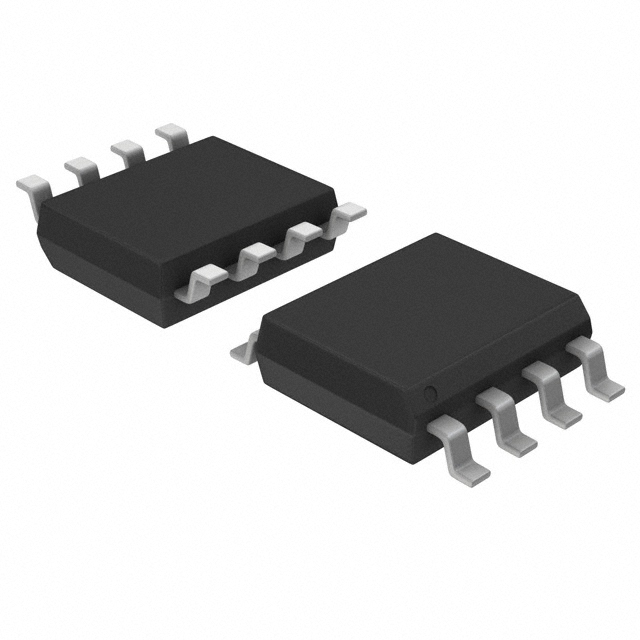SY100EPT23LZC TR
Manufacturer No:
SY100EPT23LZC TR
Manufacturer:
Description:
IC TRANSLTR UNIDIRECTIONAL 8SOIC
Datasheet:
Delivery:





Payment:




In Stock : 0
Please send RFQ , we will respond immediately.









SY100EPT23LZC TR Specifications
-
TypeParameter
-
Supplier Device Package8-SOIC
-
Package / Case8-SOIC (0.154", 3.90mm Width)
-
Mounting TypeSurface Mount
-
Features-
-
Operating Temperature0°C ~ 85°C (TA)
-
Data Rate-
-
Output TypeNon-Inverted
-
Output SignalLVTTL
-
Input SignalLVPECL
-
Channels per Circuit2
-
Number of Circuits1
-
Channel TypeUnidirectional
-
Translator TypeMixed Signal
-
PackagingTape & Reel (TR)
-
Product StatusObsolete
-
Series100EPT
The NLVVHC1G32DFT2 is a specific integrated circuit chip that belongs to the VHC (Very High-Speed CMOS) logic family. It is a single 2-input OR gate with Schmitt-trigger inputs. Here are some advantages and application scenarios of this chip:Advantages: 1. High-speed operation: The VHC logic family is known for its high-speed performance, making it suitable for applications that require fast switching and data processing. 2. Low power consumption: The NLVVHC1G32DFT2 chip operates at low power levels, making it energy-efficient and suitable for battery-powered devices. 3. Wide supply voltage range: It can operate within a wide range of supply voltages, typically from 2 V to 5.5 V, providing flexibility in various applications. 4. Schmitt-trigger inputs: The Schmitt-trigger inputs allow for hysteresis, which helps in reducing noise and improving the noise immunity of the chip.Application scenarios: 1. Digital logic circuits: The NLVVHC1G32DFT2 chip can be used in various digital logic circuits, such as in microcontrollers, CPUs, and other digital systems, where OR gate functionality is required. 2. Signal conditioning: The Schmitt-trigger inputs of this chip make it suitable for signal conditioning applications, where it can be used to clean up noisy signals and provide stable digital outputs. 3. Communication systems: It can be used in communication systems for signal processing, data encoding/decoding, and interfacing between different components. 4. Industrial automation: The chip can be utilized in industrial automation systems for control and monitoring purposes, where it can handle digital signals and perform logical operations.It's important to note that the specific application scenarios may vary depending on the requirements and design considerations of a particular project.
SY100EPT23LZC TR Relevant information
-
NL3X5004MU2TAG
onsemi -
NL3X5004DR2G
onsemi -
NL3X5004DTR2G
onsemi -
V62/22604-01XE
Texas Instruments -
NCA9701GXX
Nexperia USA Inc. -
MAX14591ETA+
Analog Devices Inc./Maxim Integrated -
SN74AVCA164245DGG
Texas Instruments -
74AVC1T45DBVR
Texas Instruments -
74AVC1T45DEAR
Texas Instruments -

SN74LVC1T45DCKR-P
Texas Instruments







